Vous souhaitez vous concentrer sur votre cœur de métier ? Vous ne voulez plus perdre des heures en analyse de tableaux, de comptes-rendus et autres données concernant vos clients ? Optimisez votre temps et celui de vos salariés. Investissez dans un logiciel de gestion client, autrement appelé logiciel CRM pour Customer Relationship Management. Pour une PME/ETI, cette solution CRM de gestion de la relation client vous permet de synthétiser en un seul lieu, via Internet sur le cloud, toutes les données de vos clients et leur parcours dans votre entonnoir de vente.
Qu’est-ce qu’une solution CRM au sein d’une PME/ETI ?
Le CRM, ou Customer Relationship Management, est une solution globale permettant de gérer la relation client au sein d’une entreprise, et ce, quel que soit son domaine d’activité. Elle est particulièrement adaptée aux petites et moyennes entreprises ainsi qu’aux entreprises de taille intermédiaire. La solution CRM regroupe trois notions :
- Une stratégie de gestion des clients choisie par la PME ou l’ETI, en fonction de ses valeurs et de sa vision du marketing.
- Un processus permettant de mettre en œuvre cette stratégie.
- Une solution technique : le logiciel CRM, hébergé sur le cloud où chacun enregistre ses données clients, qui sont ainsi mutualisées. Celles-ci sont alors accessibles aux différentes équipes de l’entreprise pour pouvoir être analysées et utilisées à des fins marketing.
Quelles sont les différentes fonctions d’un logiciel de gestion relation client ?
Un progiciel CRM est constitué de modules afin de l’adapter à chaque type d’entreprise en fonction de ses besoins et de son domaine d’activité. Vous bénéficiez ainsi d’un portefeuille de solutions sur mesure pour l’expérience client et votre stratégie CRM.
Voici les principales fonctionnalités d’un logiciel de gestion relation client.
Solutions pour les données clients
Côté entreprise, vous centralisez les informations concernant vos clients en un seul lieu, grâce à votre logiciel de gestion de base de données clients. Outre les coordonnées (adresse mail, adresse physique, numéro de téléphone, etc.), vous pouvez y répertorier leurs données socio-professionnelles (âge, sexe, composition familiale, niveau d’études, emploi, etc.). Vous avez également un aperçu personnalisé du parcours ayant conduit à la mise au panier et l’acte d’achat ainsi que le type de produits achetés ou consultés par chacun de vos clients et prospects.
Côté utilisateur, chaque client se voit proposer des produits susceptibles de l’intéresser, grâce à des suggestions ciblées en fonction des informations qu’il a lui-même fournies. D’ailleurs, pour qu’il accepte de vous transmettre ses données personnelles, il doit pouvoir le faire en toute confiance. Ainsi, vous devez le rassurer quant à la sécurité de ses données et au respect des informations confiées. Votre logiciel CRM doit donc répondre au RGPD et, en général, à la réglementation en vigueur en matière de confidentialité des données.
Solutions marketing
En étudiant le profil et le comportement de vos clients, vous pouvez mieux définir votre persona et affiner votre stratégie marketing. Il vous est également possible de la modifier afin d’élargir votre cible. En effet, un prospect à qui on propose exactement ce dont il a besoin est plus enclin à vous faire confiance et à faire appel à vos services ou produits.
Pour effectuer cette étude précise et poussée, quelques clics sur le tableau de bord de votre outil CRM marketing suffisent. Vous avez accès à de multiples statistiques en fonction du critère sélectionné (région, sexe, âge, catégorie socio-économique, nombre d’enfants, propriétaires d’animaux, etc.). Fort de ces informations, vous avez toutes les clés pour augmenter votre chiffre d’affaires par des campagnes marketing ciblées.
Solutions commerce et e-commerce
Afin d’optimiser l’expérience client, vous observez le comportement des personnes au moment de leur visite sur votre espace de vente, qu’il soit physique ou virtuel, puis après, à l’aide de sondages. Vous récoltez ces précieuses informations sur votre logiciel de gestion e-commerce. Leur analyse vous permet alors d’ajuster la configuration des points de ventes ou l’ergonomie de votre site et application.
Autant il peut être matériellement compliqué de modifier un lieu de vente physique, bien que la logistique en soit facilitée grâce à votre CRM, autant, toujours grâce à celui-ci, vous pouvez tester toutes les possibilités de boutique virtuelle en temps réel. Adaptez votre site marchand à chaque prospect afin de le convertir plus facilement en client, le fidéliser et ainsi maximiser vos profits.
Solutions de vente
En étudiant la satisfaction client avec vos solutions CRM, vous facilitez le travail de vos commerciaux et de vos équipes marketing. Suivez le tunnel de vente emprunté par vos prospects afin de supprimer des canaux d’appel inutiles et d’améliorer les plus efficaces dans votre entonnoir de vente.
Ainsi, vous optimisez votre budget publicitaire et de prospection. Votre système CRM vous indique en effet quelles actions marketing apportent des clients. Est-ce plutôt la distribution de flyers, une campagne emailing ou un contenu sponsorisé sur les réseaux sociaux ?
Solution de service
En amont d’une vente, votre logiciel de relation client génère très facilement devis et contrats. Cette automatisation personnalisable accélère le processus de vente. Or, un client rapidement servi est un client satisfait. Il sera alors susceptible de faire de nouveau appel à vos services et à vous recommander auprès de son entourage.
En aval, il peut cependant s’avérer qu’un client ne soit pas entièrement satisfait du produit ou de la prestation. Il contacte alors le service après-vente. Grâce au logiciel CRM, tout l’historique des conversations écrites et orales entre le client et le SAV est enregistré et est accessible à n’importe quel opérateur du service clientèle. Ainsi, le suivi client en est grandement facilité. C’est la fidélisation assurée.
Quels sont les avantages d’une solution CRM pour les PME/ETI
Avant l’ère des solutions CRM, gérer l’ensemble des relations clients relevait parfois d’un exercice d’équilibriste. À partir du moment où plusieurs personnes sont concernées par la gestion client dans une entreprise, informer chacun de la moindre modification ou évolution des dossiers devient vite chronophage en logistique ou réunions. L’installation d’une solution CRM dans une PME/ETI est donc un gain de temps et d’argent. Voyons tous ces avantages en détail.
Une installation technique centralisée sur un cloud
Souvenez-vous quand il était nécessaire d’installer un nouveau logiciel sur tous les ordinateurs de votre entreprise. Vous deviez faire appel à une entreprise de techniciens spécialisés qui : soit travaillaient de nuit, soit devaient immobiliser les services de votre société pendant plusieurs jours. Il en était de même à chaque opération de maintenance qui se faisait laborieusement poste par poste.
Dorénavant, vous achetez une solution CRM auprès d’un opérateur qui vous en donne l’accès en ligne. La seule manipulation à effectuer est de télécharger via Internet l’application sur chaque terminal (PC, tablette, smartphone…). Chacun de vos collaborateurs et salariés peut même le faire lui-même.
Toutes vos données sont alors sauvegardées sur un cloud sécurisé, et mises à jour en temps réel. Ainsi, tous vos employés ont accès aux dernières informations clients et peuvent ainsi agir en conséquence. Quant aux mises à jour de la solution CRM en elle-même, elles sont réalisées par votre fournisseur, en ligne et en général la nuit, et sont installées automatiquement à l’ouverture de l’application par vos équipes en charge de la relation client.
Un logiciel de relation client accessible par tous et partout
En tant que PME ou ETI, vos équipes et collaborateurs sont répartis partout sur le territoire. Certains se déplacent et restent longtemps éloignés de votre siège. D’autres ont choisi le télétravail depuis leur domicile. Grâce à votre solution CRM pour PME/ETI, la gestion de la relation client s’effectue aussi facilement, voire même mieux, que si tout le monde était sur place.
En effet, chaque commercial sur le terrain, chaque vendeur en magasin, chaque opérateur du SAV, chaque analyste… entre les nouvelles données clients depuis le terminal pro qu’il possède, à partir du moment où il a accès à Internet. Cette condition est en général possible de quasiment n’importe où, grâce à la 4G ou la 5G, une borne wifi ou une connexion filaire (par câble ou fibre optique).
Une logistique rapide et simplifiée
Fort de toutes ces informations, vous voyez tous les avantages en termes de simplification et de rapidité que vous pouvez tirer d’une telle solution CRM au sein de votre PME/ETI. Vous ajustez en temps réel vos campagnes marketing. Vous adaptez vos pipelines de vente à chaque client. Votre service après-vente devient réactif et efficace. Ainsi, vous captez les bons prospects et vous fidélisez vos clients.
À qui est destinée la solution CRM ?
En faisant le choix des solutions SAP Customer Experience, vous avez la certitude de bénéficier d’un outil parfaitement adapté à votre secteur d’activité. En effet, la solution CRM que ce prestataire propose est entièrement modulable et personnalisable. Services publics ou secteur privé, vente de produits ou prestations en B2B ou B2C, magasin physique ou e-commerce… exigez le portefeuille de solutions de gestion de relation client qui vous convient parfaitement.
Solution CRM pour le secteur public
Vous travaillez dans le secteur de l’eau, de l’énergie ou des télécommunications ? Vous êtes prestataire de services pour les administrations publiques ? Vos clients sont contraints de faire appel à vous, non par choix, mais par nécessité. En général, leur budget est calculé au plus juste, et la plupart cherche même à faire des économies. Grâce à votre solution CRM sur mesure, vous répondez à leurs demandes, et ce, à moindre coût.
Solution CRM pour le B2C
Vous êtes dans le secteur de la mode, des biens de consommation, de l’assurance, de l’automobile, des voyages, etc. et vous vous adressez aux particuliers ? Vos clients aiment vos produits, les valeurs véhiculées par votre entreprise, votre univers. Ils achètent chez vous par choix et par envie. En magasin ou sur votre site e-commerce, offrez-leur la meilleure expérience client possible. Répondez exactement à leurs attentes et leurs désirs de consommateur. Pour cela, utilisez toutes les fonctionnalités de votre logiciel CRM.
Solution CRM pour le B2B
Hautes technologies, équipements industriels, bâtiment… vos clients sont avant tout des professionnels comme vous. Vous parlez d’égal à égal, avec le même langage. Ils sont exigeants avec vous, comme vous l’êtes avec eux. Devis, contrats, gestion de la marketplace, factures, tout cela doit être fluide, intuitif, rapide, connecté et surtout performant. Votre solution CRM intègre tous ces critères afin de fournir à vos clients ce dont ils ont besoin. Ainsi, ils ont une vision rassurante sur l’avenir et continuent à vous faire confiance.
PME/ETI, augmentez vos performances, l’image que vous renvoyez à vos clients et donc votre chiffre d’affaires en choisissant les solutions CRM entièrement personnalisables de SAP Customer Experience.
The post Gestion de la relation client : une solution CRM pour PME/ETI appeared first on SAP France News.

 Want to know which of the top blogging platforms you should consider using this year?
Want to know which of the top blogging platforms you should consider using this year?






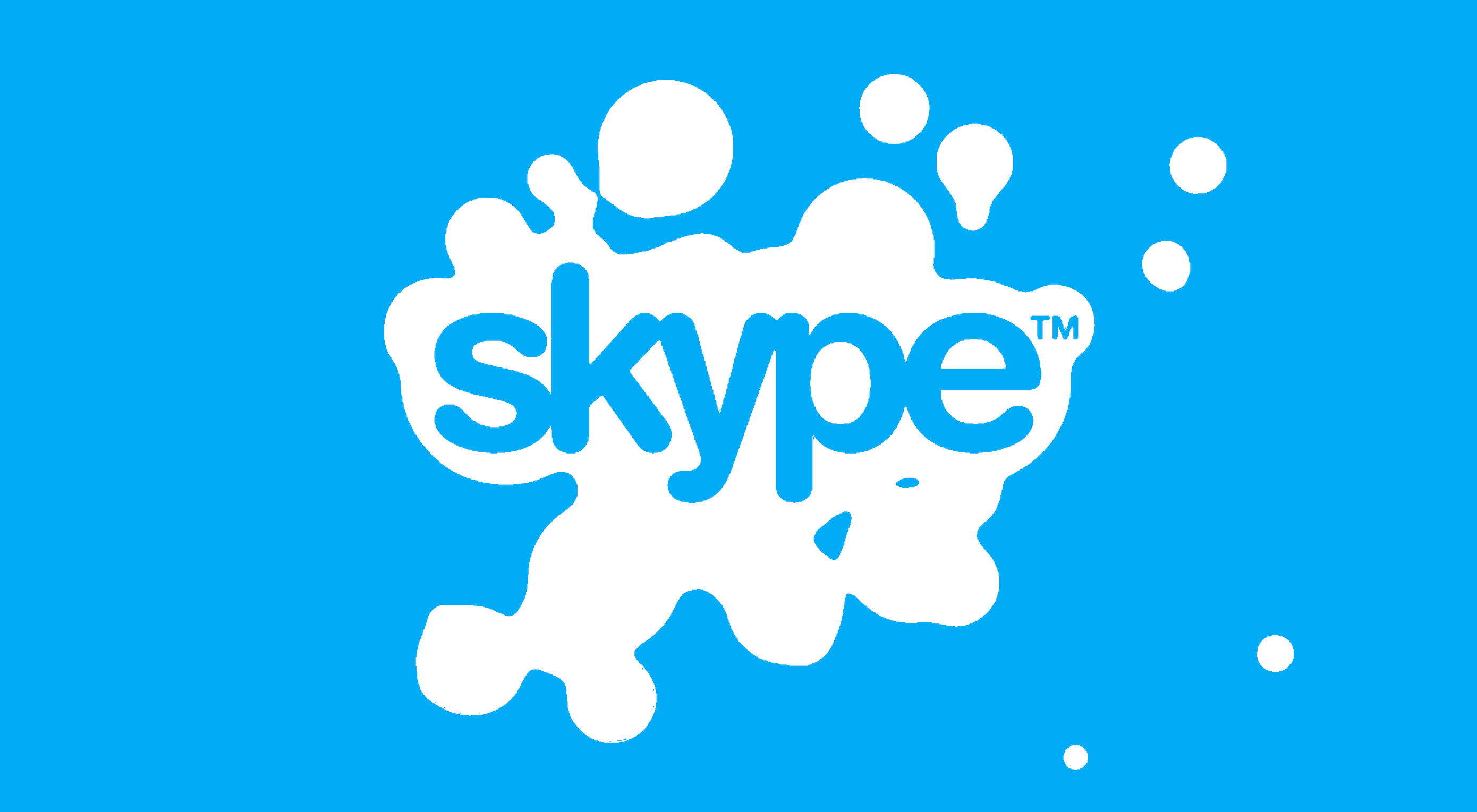 Have you ever wondered why we’re so amazed by motion? A moving image is more likely to grab your attention than a static one. Motion is exciting and attention-grabbing – plus, it allows us to access more information in a short space of time.
Have you ever wondered why we’re so amazed by motion? A moving image is more likely to grab your attention than a static one. Motion is exciting and attention-grabbing – plus, it allows us to access more information in a short space of time. 

 Every week users submit a lot of interesting stuff on our sister site Webdesigner News, highlighting great content from around the web that can be of interest to web designers.
Every week users submit a lot of interesting stuff on our sister site Webdesigner News, highlighting great content from around the web that can be of interest to web designers.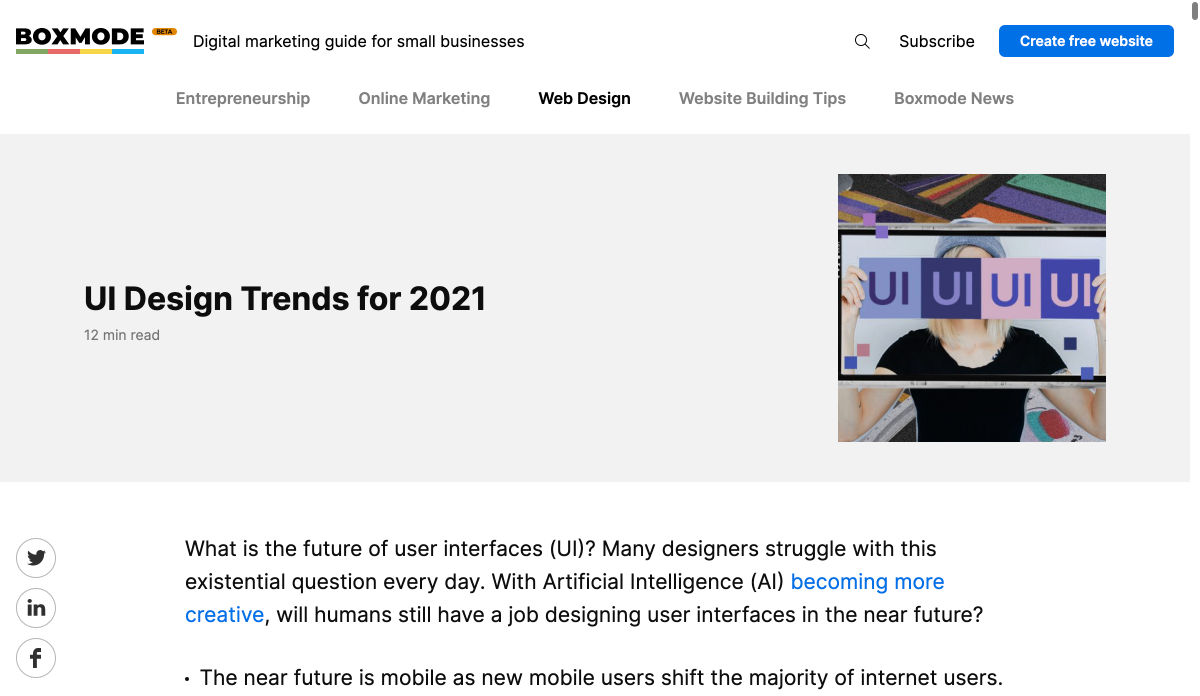
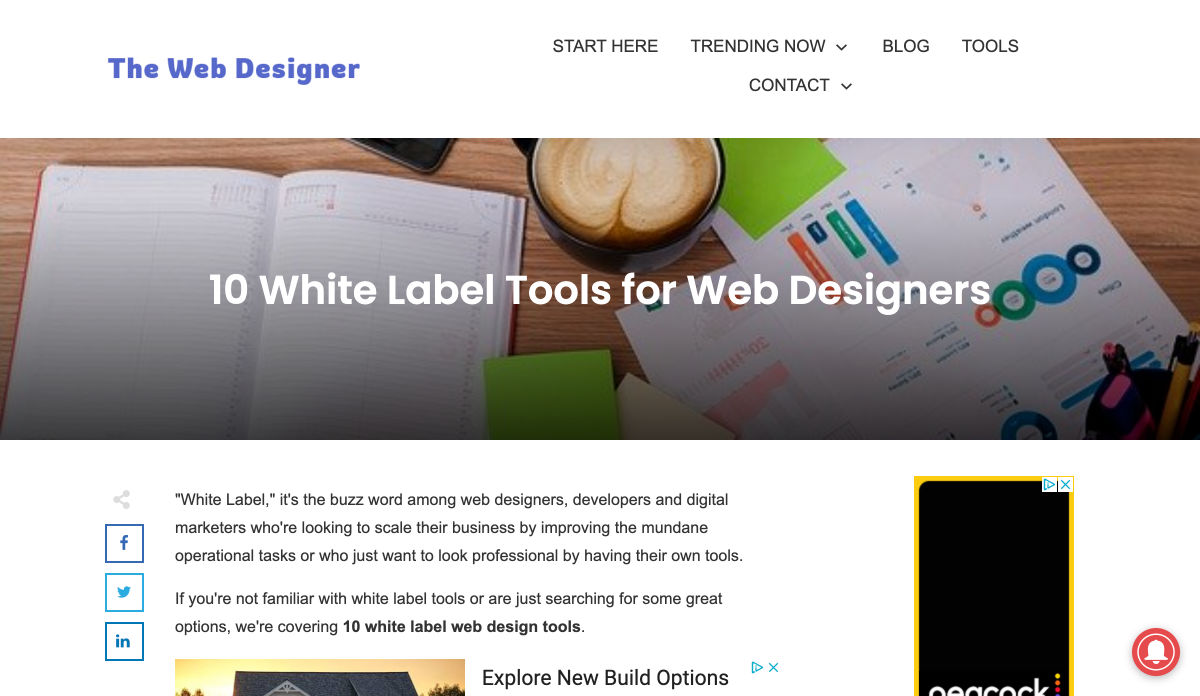



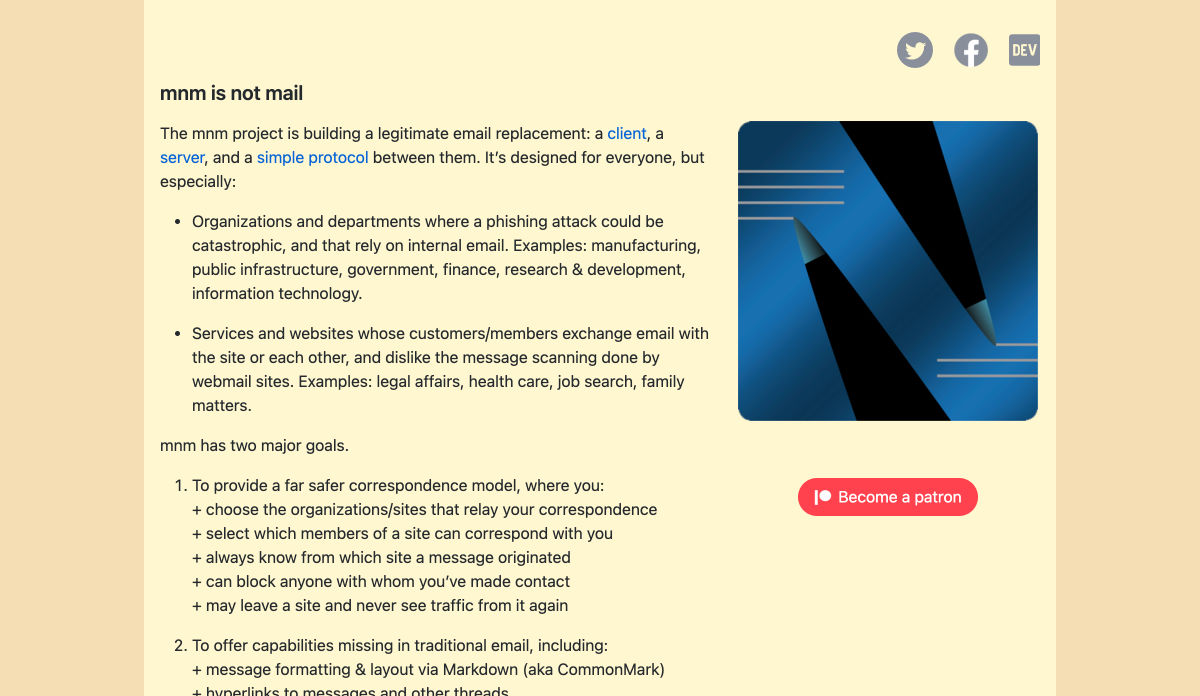

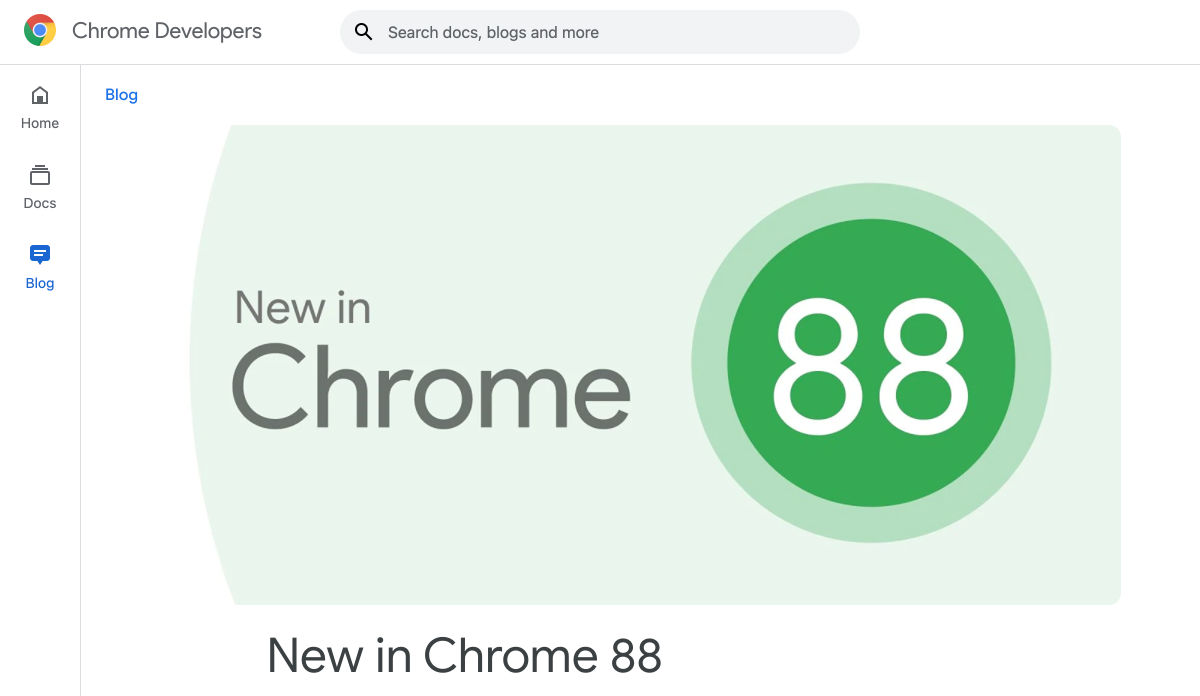

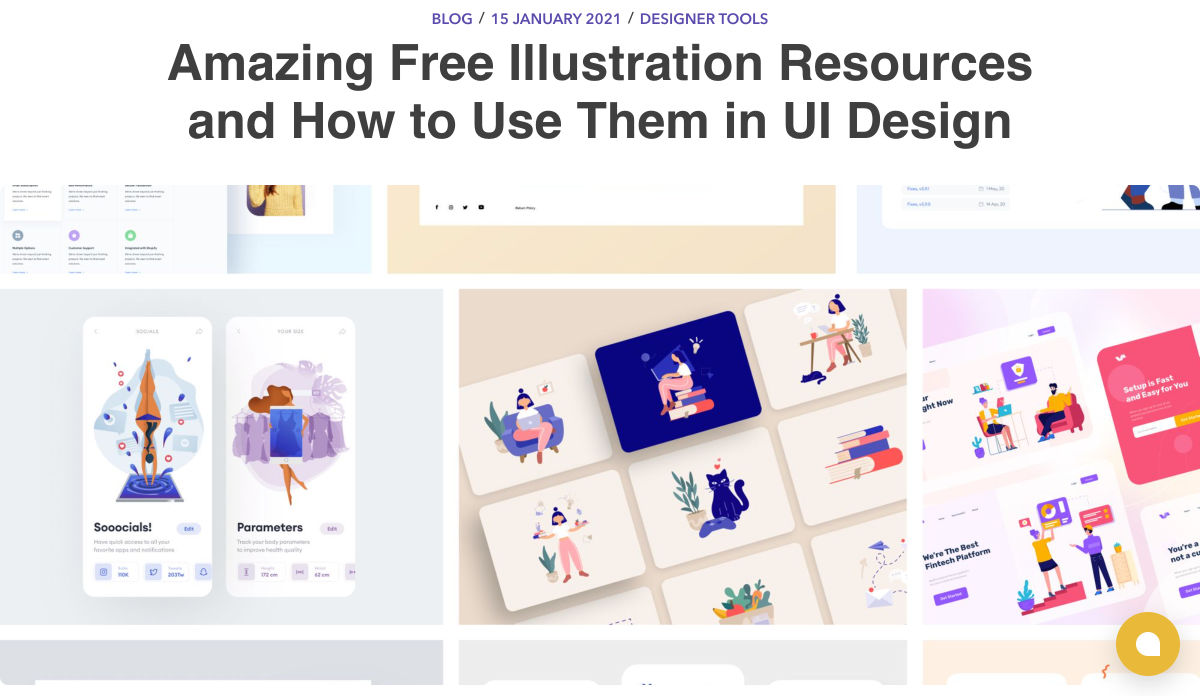
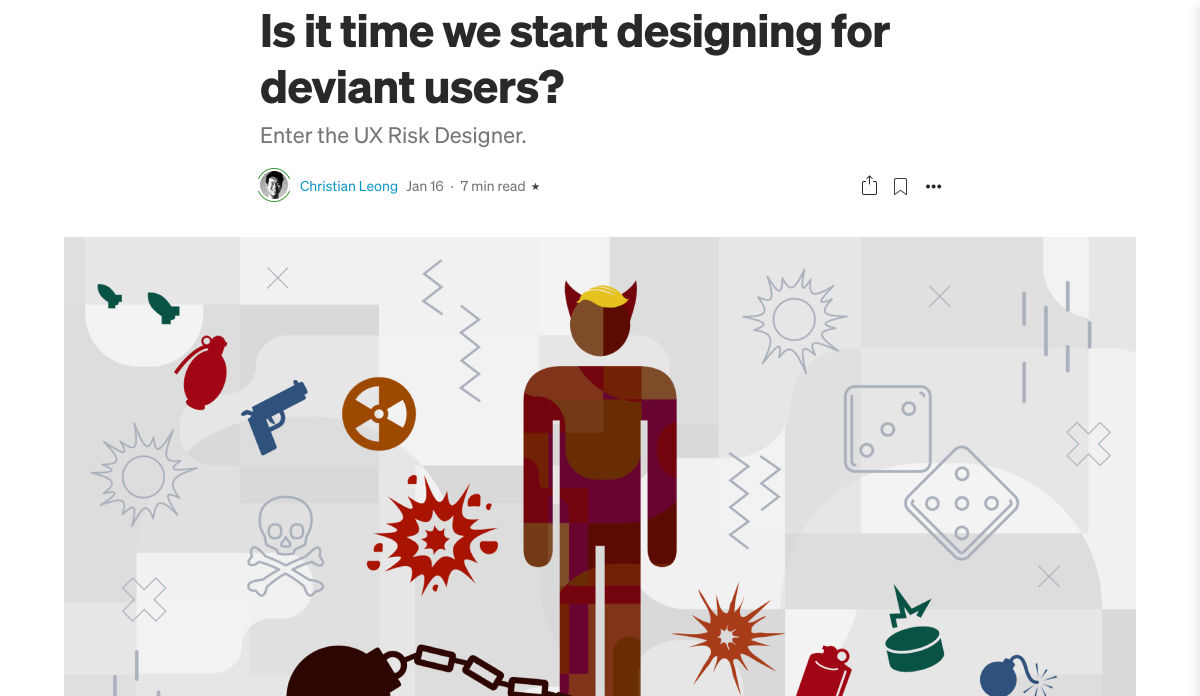






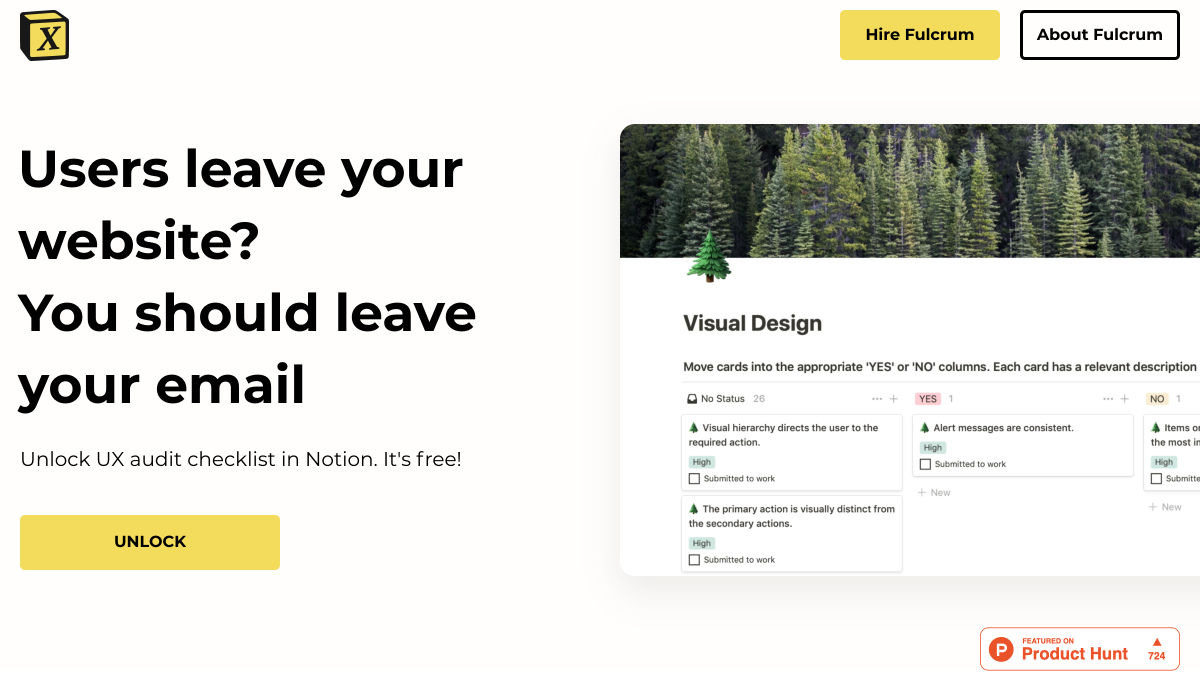







 2020 has been an interesting year, to say the least. And although I’m sure many of you can’t wait until the calendar flips ahead to 2021, it doesn’t look as though we’re going to be able to say goodbye to 2020 so easily. Many of the changes we’ve had to make this year are now expected to stay with us — a least for the following year.
2020 has been an interesting year, to say the least. And although I’m sure many of you can’t wait until the calendar flips ahead to 2021, it doesn’t look as though we’re going to be able to say goodbye to 2020 so easily. Many of the changes we’ve had to make this year are now expected to stay with us — a least for the following year.





 Web design clients come from a
Web design clients come from a 
















